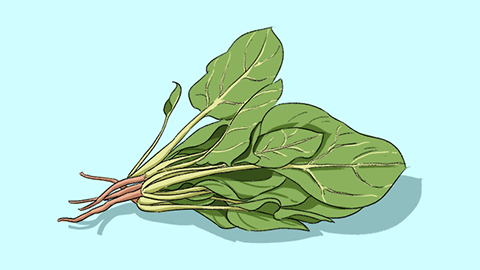Can goji berries and spinach be eaten together?
Generally speaking, goji berries and spinach can be consumed together. Details are as follows:

Goji berries are a commonly used traditional Chinese herb known for their functions of nourishing the liver and kidneys and improving vision. Spinach, on the other hand, is a common leafy green vegetable rich in iron, calcium, vitamins, and other nutrients. From the perspective of food properties, there is no obvious conflict between goji berries and spinach, and their nutritional components do not interfere with each other; therefore, they can be consumed together. Appropriately combining goji berries and spinach in the diet can enhance the nutritional diversity of meals and benefit overall health.
However, for individuals with specific physical conditions, such as those with weak spleen and stomach function, impaired kidney function, or a history of calcium oxalate stones, consuming goji berries and spinach together may increase the burden on the kidneys and lead to increased oxalate crystal formation, thereby triggering or worsening related diseases. Additionally, excessive consumption of spinach may inhibit calcium absorption in the body, and some components in goji berries might react with oxalic acid in spinach. Some individuals may be allergic to either goji berries or spinach, and allergic reactions such as throat swelling may occur after consumption. In such cases, these foods are not recommended to avoid adverse effects on health.
In daily life, attention should be paid to cooking methods, avoiding prolonged high-temperature cooking to minimize nutrient loss and ensure food safety and hygiene, while maintaining a balanced diet, which contributes to good health.






